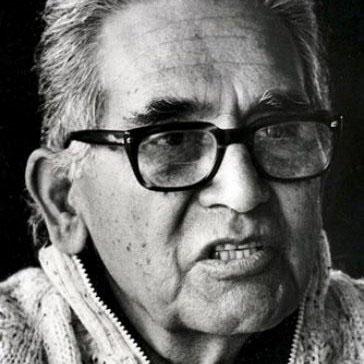Hispanic Heritage Profile: Albert Baez

Albert Baez
1912-2007
Physicist, Inventor, Author, Humanitarian
Albert Baez was born on November 12, 1912, in Puebla, Mexico. At the age of two his family moved to the United States where his father worked as a minister at the First Spanish Methodist Church.
Deciding to pursue his interests in mathematics and physics, Baez earned a bachelor’s degree from Drew University in 1933 and a masters’ degree from Syracuse University in 1935. In 1950 he earned his physics doctorate at Stanford University, where he and Dr. Paul Kirkpatrick invented the x-ray reflecting microscope, the tool that launched the field of x-ray optics.
After completing his education he spent some time working with the United Nations Educational, Scientific, and Cultural Organization (UNESCO). He was stationed in Baghdad teaching introductory Physics, which he and his wife wrote about in their book A Year in Baghdad.
Baez was an advocate for science education and served as the first director of the science education program for UNESCO, working to improve science education in Latin America, Asia, Africa, and the Middle East. He has published several science textbooks. As a lifelong pacifist, he opposed the Vietnam War and joined in protests against it. Albert Baez was an aficionado of the arts, and encouraged his children to pursue careers in music.